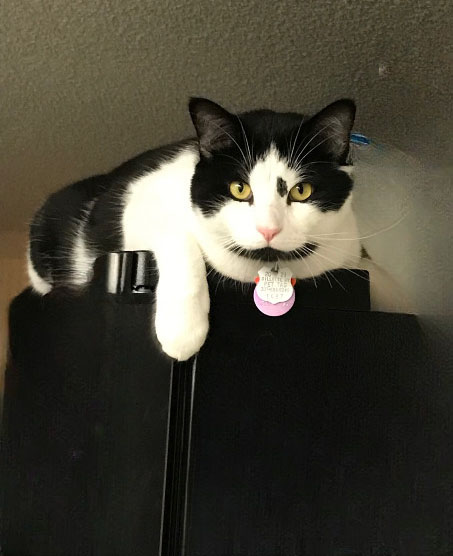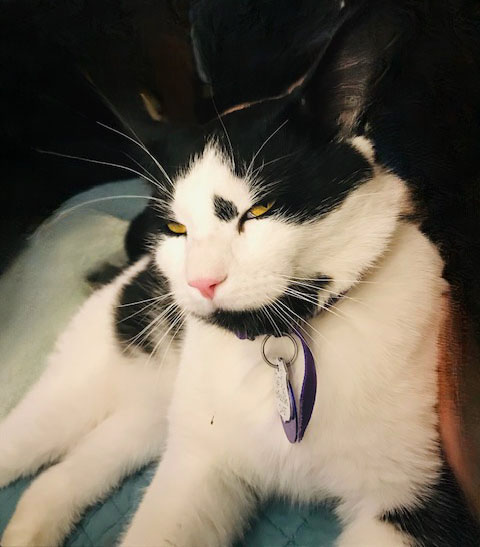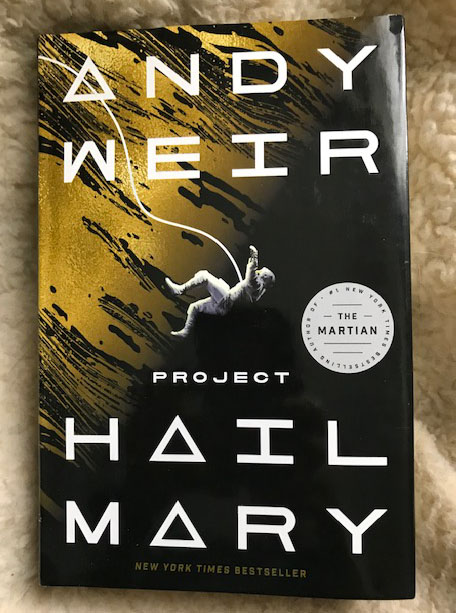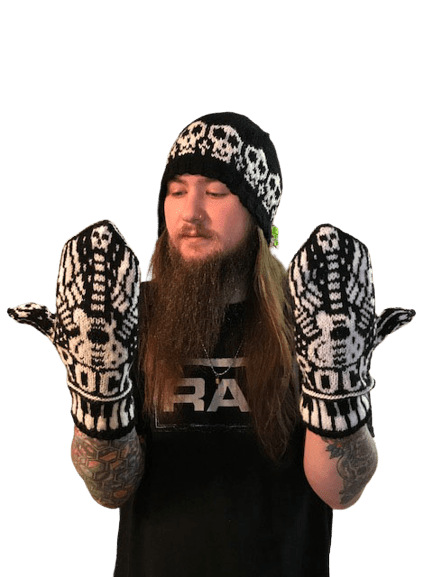
Just before the first snow arrived I got the urge to pick up my knitting again. I tend to slack off during the warm summer months as I like knitting with wool and it can get warm. I don’t do much weaving in the summer either. I think fiber arts go by the wayside in general during the hot weather. Too much to do outside. Jumping back into doing a colorwork hat, I forgot how much I enjoyed the meditative quality of knitting. Around and around, flicks of contrasting colors here and there, plenty of time to contemplate other things besides the Yankees totally blowing the playoffs. (I’m not bitter. Much) What do I contemplate? My latest writing problems mainly.
I’m down to plugging the holes in my Next Fantasy Novel. I’ve outlined cards in Scrivener, most marked “Final Draft” but there are still half a dozen chapters marked “To do”. I jotted down the idea for each To Do chapter on the cards. Somewhere in novel one, I discovered I could break away from my rigid linear thinking, scribble down a one-paragraph outline for a chapter, and roll merrily onward. Some writers may scoff, having done this all along. I had to shake loose from my rigid expectation that the only way I could make progress on the novel was to slog through it in order. What comes next? Write that. Next? Next? It was keeping me from seeing the possibilities jumping around provided. (Not gonna lie, the thought of working out of order still makes me cringe.)
Fiber Arts as Teacher
Maybe it came from knitting patterns, where you have to do things in order or you end up with a Frankensweater, or off-kilter colorwork. Every pattern has its progression. A-Z with no stops in between. Then I got wild and crazy with the knitting and weaving. I warped my loom the normal way, started weaving, and wondered, what if I changed the weft yarn to this multicolored thick yarn? So I did. It was shocking. Intriguing. And pretty cool looking. I played around with different yarns in the same project. It circled me back to my roots as an artist in grad school, where experimenting was the norm. Where did I lose that?
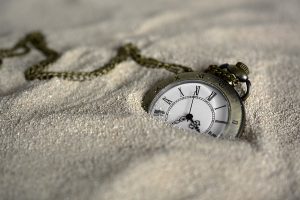
I think when I ran out of big blocks of time to work. If you’re going to squish a project into the little bits of time after work, you don’t want to make any mistakes. You want perfectionism. But mistakes are where the fun’s hiding. Instead of forcing my writing to march forward in line, I scribbled ideas down in Scrivener, grabbed a Chapter card, and started writing. When I finished, I tackled another one. My pantsy outlining was the key, enough info in a paragraph to point me in the right direction, but not enough to lose the fun of exploring where the idea was going. Too much outlining always made me feel as if I already knew the story. So why write it?
Writing Roots
Knitting was the same, sorta. I grabbed a pattern and used it to learn the technique, going in with the mindset I may have to rip it all out and start again. Instead of bemoaning all the time wasted, I became more careful with how I progressed, setting stitch markers to keep track of repeats, and marking charts to note progress. Technical ability increased my confidence. So it went with the writing. I found my outlining sweet spot, not afraid to go back and rewrite shaky parts, and revise the outline. None of it was a waste of time when I had a goal to shoot for, and didn’t let my anal retentive need for complete control take over. My first Norwegian Star hat has a wonky tip on one star. Nobody noticed it but me. The Rock and Roll mittens have a few miscues. The recipient didn’t care.
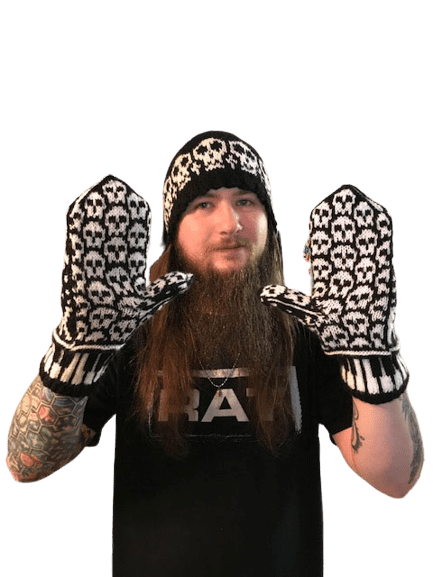
& Skulls Hat
My new mantra? Let it go. What’s the worst that could happen? (Besides getting the Frozen theme song stuck in your head.) I’m my own worst critic. But I don’t have to be. I’ve even learned to knit a sock toe-up instead of top-down. Flipping my expectations. If it doesn’t work out, rip it apart and start again. Einstein showed in his thought experiments that people traveling at different speeds, while agreeing on cause and effect, measure different time separations between events. (Wikipedia). I’m going to quit measuring the time I don’t have and work with what I do have. My time is not your time. I’ll travel at my own speed, and if it’s not perfectly linear, well, that’s okay.
Essays on Writing:
Using Weaving for Bursts of Writing Creativity
For other essays, search the Writing or Writing Process tags.

